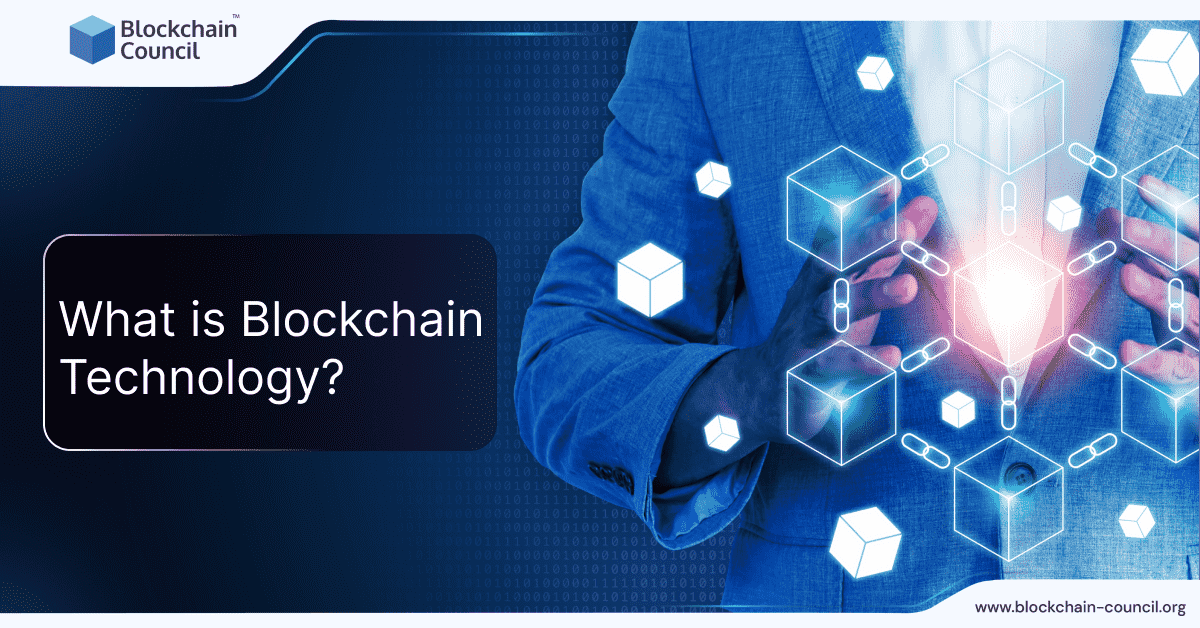
- Amber Smith
- September 22, 2024
What is Blockchain?
Blockchain is a peer-to-peer decentralized distributed ledger technology that makes the records of any digital asset transparent and unchangeable and works without involving any third-party intermediary. It is an emerging and revolutionary technology attracting a lot of public attention due to its capability to reduce risks and fraud in a scalable manner. 90% of U.S. and European financial institutions have started exploring Blockchain technology. Here comes the question: why is Blockchain a distributed, decentralized P2P network? A decentralized network offers multiple benefits over the traditional centralized network, including increased system reliability and privacy.
Moreover, such networks are much easier to scale and deal with no real single point of failure. The reason why Blockchain is distributed is because of shared communication and distributed processing. The P2P architecture of Blockchains provides several benefits, such as greater security compared to traditional client-server-based networks. A distributed P2P network, paired with a majority consensus requirement, provides Blockchains with a relatively high degree of resistance to malicious activities.
Looking for the Best Blockchain certifications? You are just a click away!
What is Blockchain Technology?
Blockchain technology is a decentralized digital ledger that records transactions across multiple computers in a way that ensures security, transparency, and immutability. Each transaction is grouped into a block linked to the previous one, forming a chain. This technology underpins cryptocurrencies like Bitcoin and enables smart contracts, supply chain management, and secure data-sharing applications.
How does Blockchain Technology Work?
We already answered the question, “What is Blockchain technology?” Now, the question comes, “How does Blockchain technology work?” We know that. Blockchain can be defined as a shared ledger, allowing thousands of connected computers or servers to maintain a single, secured, and immutable ledger. Blockchain can perform user transactions without involving any third-party intermediaries. But how do you perform these transactions on a Blockchain? To perform transactions, one needs to have a wallet.
So, what is a Blockchain wallet? A Blockchain wallet is a program that allows one to spend on cryptocurrencies like BTC, ETH, etc. Such wallets are secured by cryptographic methods (public and private keys) so that one can manage and fully control his transactions.
How does Blockchain work?
- A transaction is initiated. This can be a transfer of funds, a contract agreement, or any other type of data exchange.
- The transaction is broadcasted to the Blockchain network.
- The network nodes verify the transaction. This process is known as mining. If you want to know more about mining, check out our article on how Bitcoin is mined.
- Once the transaction is verified, it is added to a block. Each block contains a group of verified transactions and a hash of the previous block, creating a chain of blocks. That is how Blockchain technology gets its name.
- The new block is added to the Blockchain network.
Benefits of Blockchain Technology
We have learned a lot about Blockchain technology. Now let’s explore its benefits.
Immutability
In a traditional database, you have to trust a system administrator that he is not going to change the data. But with Blockchain, there is no possibility of changing the data or altering the data; the data present inside the Blockchain is permanent; one cannot delete or undo it..
Transparency
Centralized systems are not transparent, whereas Blockchain (a decentralized system) offers complete transparency. By utilizing Blockchain technology, organizations and enterprises can go for a completely decentralized network where there is no need for any centralized authority, thus improving the transparency of the entire system.
High Availability
Unlike centralized systems, Blockchain is a decentralized system of P2P network which is highly available due to its decentralized nature. Since in the Blockchain network, everyone is on a P2P network, and everyone has a computer running, therefore, even if one peer goes down, the other peers still work.
High Security
This is another major benefit that Blockchain offers. Technology is assumed to offer high security as all the transactions of Blockchain are cryptographically secure and provide integrity. Thus, instead of relying on third parties, you need to put your trust in cryptographic algorithms.
Types of Blockchain Technology
Now that we know what is Blockchain technology and how does it work, let’s look at the different types of Blockchains:
Public Blockchains
- Everyone can use public Blockchains.
- On the Blockchain, anyone can read, write, and verify information.
- They are very decentralized and are frequently utilized for cryptocurrencies and decentralized apps.
Private Blockchains
- Only authorized individuals have access to private Blockchains.
- Enterprises extensively use it to improve productivity and security.
Consortium Blockchains
- Consortium Blockchains are managed by a predetermined group of nodes.
- Industries or groups use it for data sharing and cooperation.
Hybrid Blockchains
- Hybrid Blockchains combine elements from public, private, and consortium Blockchains.
- They are adaptable and may be tailored to meet the demands of specific organizations.
Want to know more about the different types of Blockchain technology? Check out our blog here on the various types of Blockchain technology.
Applications
Financial Services
Blockchain technology is making waves in the financial sector. And decentralized finance (DeFi) is a prime example. What is DeFi? It’s like a financial system that operates on Blockchain without the involvement of banks or middlemen. In this DeFi world, you can do things like lend your digital assets to others, borrow from a global pool, and trade cryptocurrencies seamlessly. Another development to watch out for is central bank digital currencies (CBDCs). These are basically digital versions of regular currencies issued by central banks. Some countries like China, Nigeria and India are exploring the use of Blockchain to create and manage these digital currencies. Think of it as using a digital dollar or euro that’s as secure as Blockchain itself. And speaking of security, Blockchain also plays a role in payment processing. Consider the Ripple network as an example. Banks and financial institutions are increasingly relying on it to process cross-border payments faster and with less hassle. This means your money can travel around the world in the blink of an eye, securely and efficiently.
Supply Chain Management
Blockchain’s impact extends to supply chain management, too. Think about the food you eat. Blockchain can trace that apple you’re munching on back to the farm where it was grown. Big retailers like Walmart and IBM are using Blockchain to ensure their products’ safety and authenticity. Pharmaceutical supply chains are benefiting as well. Blockchain helps to track medications from the manufacturing floor to the pharmacy shelf, making it much harder for counterfeit drugs to find their way into the market. Companies are using networks like MediLedger to ensure every pill is where it should be. In logistics and transportation, Blockchain brings transparency and efficiency. Maersk Shipping Line, for example, uses Blockchain to track its containers. This means knowing exactly where your package is and when it will arrive. CargoX is another example in this field.
Healthcare
Now, let’s talk about healthcare. Your medical records are super sensitive, right? Blockchain is a champion at securely storing and sharing them. Imagine having control over who gets to see your medical history. Platforms like MedRec are making this a reality, giving patients power over their health data. But it doesn’t stop there. Clinical trials, the backbone of medical innovation, are also getting a Blockchain makeover. The Medidata platform is streamlining the process, making it more efficient and transparent. This means faster breakthroughs in healthcare. And let’s not forget about pharmaceutical research and development. Blockchain is speeding up drug discovery by sharing data more efficiently. Verifiable Credentials, for example, facilitate data sharing among researchers, potentially leading to quicker cures and treatments.
Government
In the government sector, Blockchain is creating secure and transparent systems. Voting is a great example. The Voatz app has been used to conduct Blockchain-based elections in various countries. This ensures that votes are recorded accurately and securely. Land registry is another area where Blockchain shines. Georgia’s government is a prime example, using Blockchain to maintain a tamper-proof land registry. This reduces fraud and makes property transactions more transparent. Even tax collection is getting a Blockchain boost. Argentina and Estonia’s government are leading the way in collecting taxes from businesses more efficiently and transparently using Blockchain.
Other Applications
Beyond the above-mentioned sectors, Blockchain finds its way into intriguing spaces. Consider non-fungible tokens (NFTs). These are like digital certificates of ownership. They’re used for unique digital items, be it art, music, or rare in-game items. Think of them as digital collector’s items. Identity management is also being revolutionized. Apps like SelfKey allow you to manage your digital identity securely on a Blockchain, reducing the risk of identity theft. And for the Internet of Things (IoT), Blockchain provides security. The IOTA Foundation is developing a Blockchain-based IoT network where devices can communicate and share data securely. This means your smart home gadgets and connected devices are less vulnerable to cyberattacks.
Are Bitcoin and Blockchain Technology the Same?
Even though these terms are often used interchangeably, they are not the same. Let’s explore their differences and relationship.
Key Differences Between Bitcoin and Blockchain:
1. Bitcoin
– A cryptocurrency.
– An application of Blockchain technology.
– Functions as a digital currency.
2. Blockchain
– The underlying technology behind Bitcoin.
– A distributed and immutable ledger.
– Records all Bitcoin transactions through a network of computers.
Understanding Blockchain Technology:
– Distributed Ledger: Blockchain is decentralized, with data stored across multiple computers.
– Immutable: Data recorded in a block cannot be altered, ensuring transparency and security.
– Chain of Blocks: Each block contains a batch of transactions and is linked to the previous one, forming a continuous chain.
Relationship Between Bitcoin and Blockchain:
– Decentralization: Bitcoin transactions are not processed by a central authority like a bank. Instead, they rely on a network of miners.
– Miners: Miners validate and record transactions by solving complex mathematical puzzles. Once verified, transactions are added to a block.
– Blockchain Formation: Each block of validated transactions is linked to the previous block, creating a Blockchain.
Simplified Concept:
– Blockchain: A never-ending chain of blocks, each containing transaction data.
– Bitcoin: A digital currency that operates on the Blockchain, relying on miners for transaction validation.
How Does Blockchain Work?
1. Transaction Creation: A Bitcoin transaction is initiated.
2. Validation: Miners solve mathematical puzzles to validate the transaction.
3. Block Formation: Validated transactions are grouped into a block.
4. Chain Linking: The new block is linked to the existing Blockchain.
5. Ledger Update: The distributed ledger is updated across all network computers.
Understanding these points helps clarify that Bitcoin is a digital currency, but Blockchain is the foundational technology enabling its operation.
Challenges
We know what blockchain is and how it works. We know the benefits and applications of Blockchain technology. However, one thing is sure. While Blockchain has the potential to revolutionize the game in a variety of industries, it is not without challenges. Scalability, energy usage, security, regulation, and adoption are all issues to be addressed. So, what are the challenges and concerns related to Blockchain technology? Let’s find out!
1. Scalability
Suppose you’re in a supermarket, and there’s a long line at the checkout. Everyone’s waiting for their turn, and it takes a while to get through. Well, that’s a bit like how some Blockchain networks operate. As more people use them, like in a busy store, they can slow down. Transactions can take a while to confirm, sometimes over 10 minutes! This might sound like a little time, but imagine if your valuable assets get stuck in the queue for 600 seconds with no trace. Sounds scary and frustrating right? That’s because every transaction has to be checked by all the computers (nodes) on the network. It’s like asking everyone in the store if your purchase is valid. This takes us to the next challenge of Blockchain technology.
2. Energy Consumption
Now, think about the energy it takes to run all those computers checking transactions. In the case of Bitcoin, it’s so energy-hungry that it’s been compared to the electricity consumption of an entire country like Portugal. That’s because Bitcoin relies on a process called “mining,” where powerful computers race to solve complex puzzles. The first one to solve it gets to validate a block of transactions and earns some new bitcoins as a reward. But this race requires a lot of electricity, and as more miners join in, it becomes even more energy-intensive.
3. Security
Blockchain is generally considered secure because it uses advanced cryptography to protect data. However, it’s not invulnerable. There have been some high-profile hacks and thefts, where cybercriminals exploited vulnerabilities in specific Blockchain projects or exchanges. If someone finds a weak spot in Blockchain technology, they could break in. It is proven by our examples of Blockchain breaches earlier. So, security remains a top concern.
4. Regulation
Blockchain operates in a bit of a legal gray area. Governments and regulators are still figuring out how to treat it. In 2022, the US Securities and Exchange Commission (SEC) charged some cryptocurrency companies with breaking securities laws. This suggests that more regulations are coming. Without clear rules, it can create uncertainty for businesses and investors.
5. Adoption
Blockchain is like a hidden gem not everyone knows about. Many businesses and people are still not familiar with it or how it works. A 2022 survey found that only about 22% of businesses are actually using Blockchain technology. That’s like having an amazing tool, but not many people know how to use it. Widespread adoption is crucial for Blockchain to reach its full potential.
Solutions to Improve Blockchain Technology
Scalability
We have already mentioned that Blockchain networks, like Ethereum, have had issues with slow transaction processing. To fix this, they’re implementing techniques like sharding. Sharding includes splitting a big task into smaller parts to get it done faster. Also, there are layer-two protocols like Polygon that sit on top of Blockchains and make transactions faster and cheaper.
Energy Consumption
Blockchain used to be quite the energy hog, especially with Bitcoin. Now, there’s something called proof-of-stake, which is way more energy-efficient. Instead of solving complex puzzles, it’s like having a voting system that saves power. And some folks are using renewable energy to make Blockchain more eco-friendly.
Security
To make sure smart contracts and transactions are safe, people are doing smart contract auditing. It’s like checking your code for bugs before you release it. Also, they’re offering bug bounties – rewards for finding and fixing vulnerabilities. And don’t forget hardware wallets – they’re like ultra-secure banks for your digital coins. If you want to become a Certified Smart Contract Auditor, then consider checking out our smart contract certification.
Regulation
Governments are setting up regulatory sandboxes, which are safe places for Blockchain companies to test their ideas without getting in trouble. Also, there are self-regulatory organizations run by the industry to keep things fair and square with the rules.
Adoption
Blockchain can be confusing, so there are courses and programs to help enthusiasts like you understand it better. And for businesses, there are enterprise Blockchain platforms that make it easier to use Blockchain for everyday stuff. Check out our comprehensive Blockchain certifications to understand a-z of Blockchain technology.
Quantum-Resistant Cryptography
As we discussed earlier, quantum computers might break the encryption on Blockchains. However, developers are working on quantum-resistant cryptography. It’s like creating a lock that quantum computers can’t pick. Algorand is already using it.
Interoperability
Blockchains don’t always talk to each other, but that’s changing. Cosmos connects different Blockchains so they can share data and assets. There’s also the Interledger Protocol, which lets you send money across different Blockchains, like sending emails between different email services.
Zero-Knowledge Proofs
These work like magic for Blockchain. They let you prove you know something without revealing what that something is. For instance, you can make private transactions on public Blockchains or make Blockchains process more transactions faster.
Conclusion
In this article, we answered the two most asked questions: What is Blockchain technology, and how does it work? Learning Blockchain technology is easy now, all thanks to reputed online Blockchain technology courses and training sessions. Blockchain Council is one such organization that offers online training and certification programs to aspiring trainees to render them desired competencies so that they have a successful career in the Blockchain space. Keeping the rising demands of Blockchain professionals in mind, Blockchain Council certifications are diversified to meet each aspirant’s discrete needs. From understanding what blockchain technology is to understanding how blockchain technology works, The Blockchain certifications by the Blockchain Council cover a variety of basic and advanced-level topics. To get instant updates about Blockchain Technology and to learn more about online Blockchain Certifications, check out Blockchain Council.
FAQ’s
- Blockchain is like a digital ledger that records transactions.
- It stores data in blocks linked together, making it secure and transparent.
What is Blockchain technology in simple words?
- Blockchain technology is a way to securely record and verify transactions online.
- It’s like a digital ledger that can’t be easily tampered with.
What is the main purpose of Blockchain?
- Its main purpose is to ensure trust and security in digital transactions.
- Blockchain technology does it without relying on a central authority, like a bank.
- Bitcoin is a famous example of Blockchain technology.
- It uses Blockchain to record and verify cryptocurrency transactions.
Where is Blockchain used in real life?
- It’s used in various real-life applications.
- Examples include supply chain management, healthcare, voting systems, and some financial services, etc.
- Blockchain technology was introduced by an anonymous person or group using the pseudonym Satoshi Nakamoto.
- They created Bitcoin in 2008.













































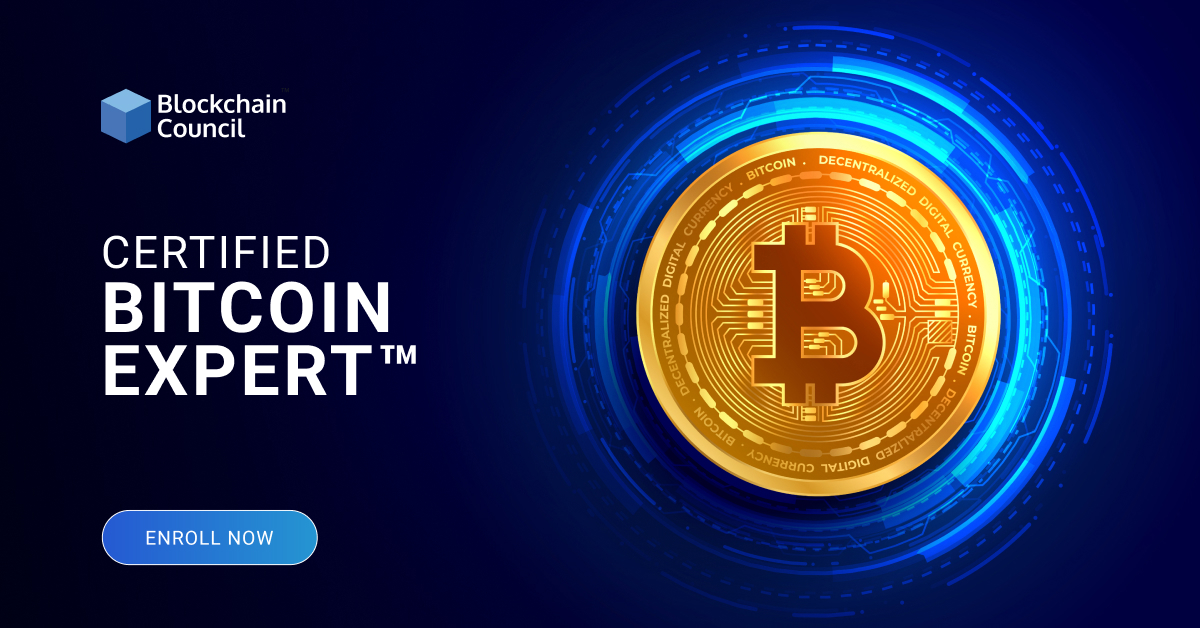
















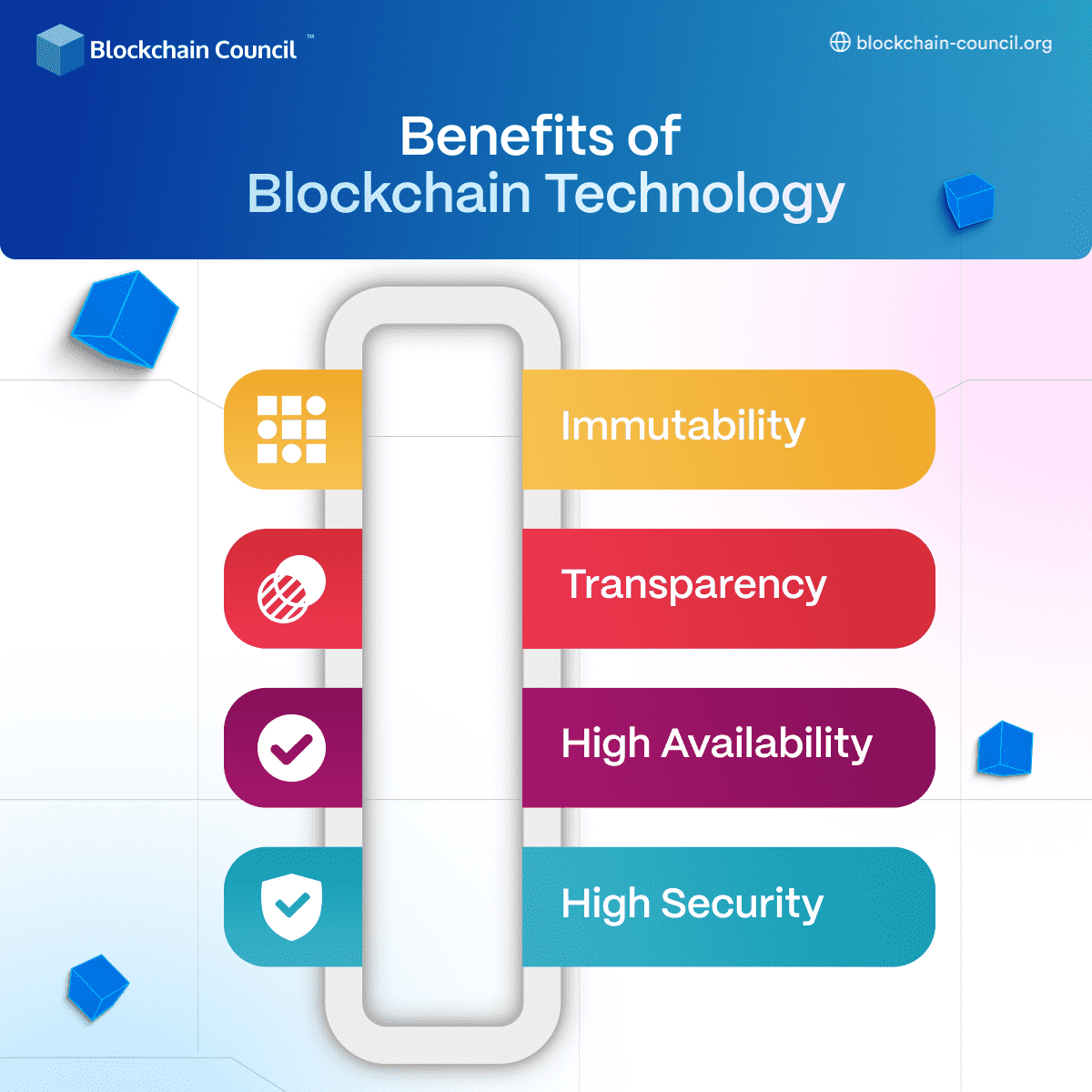
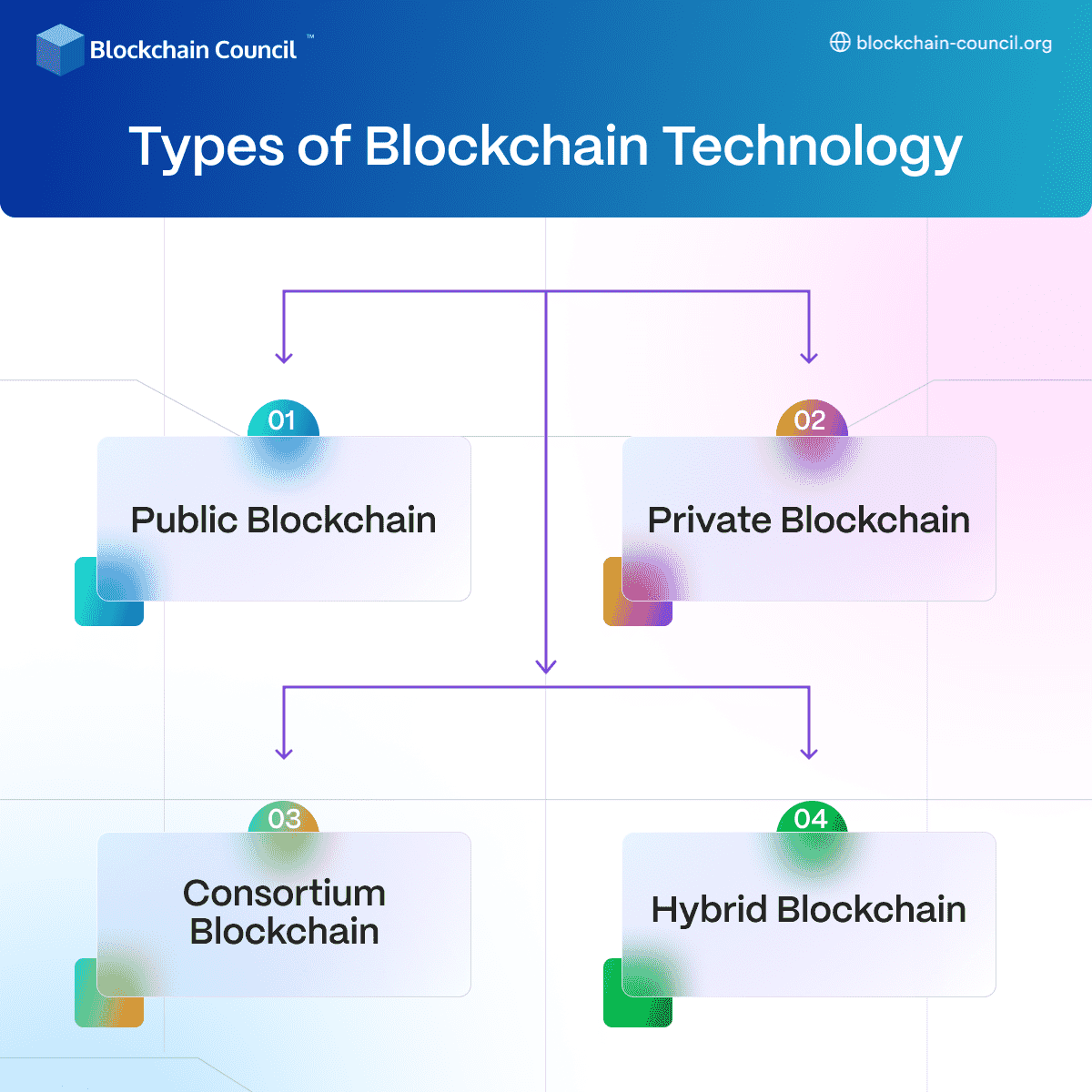
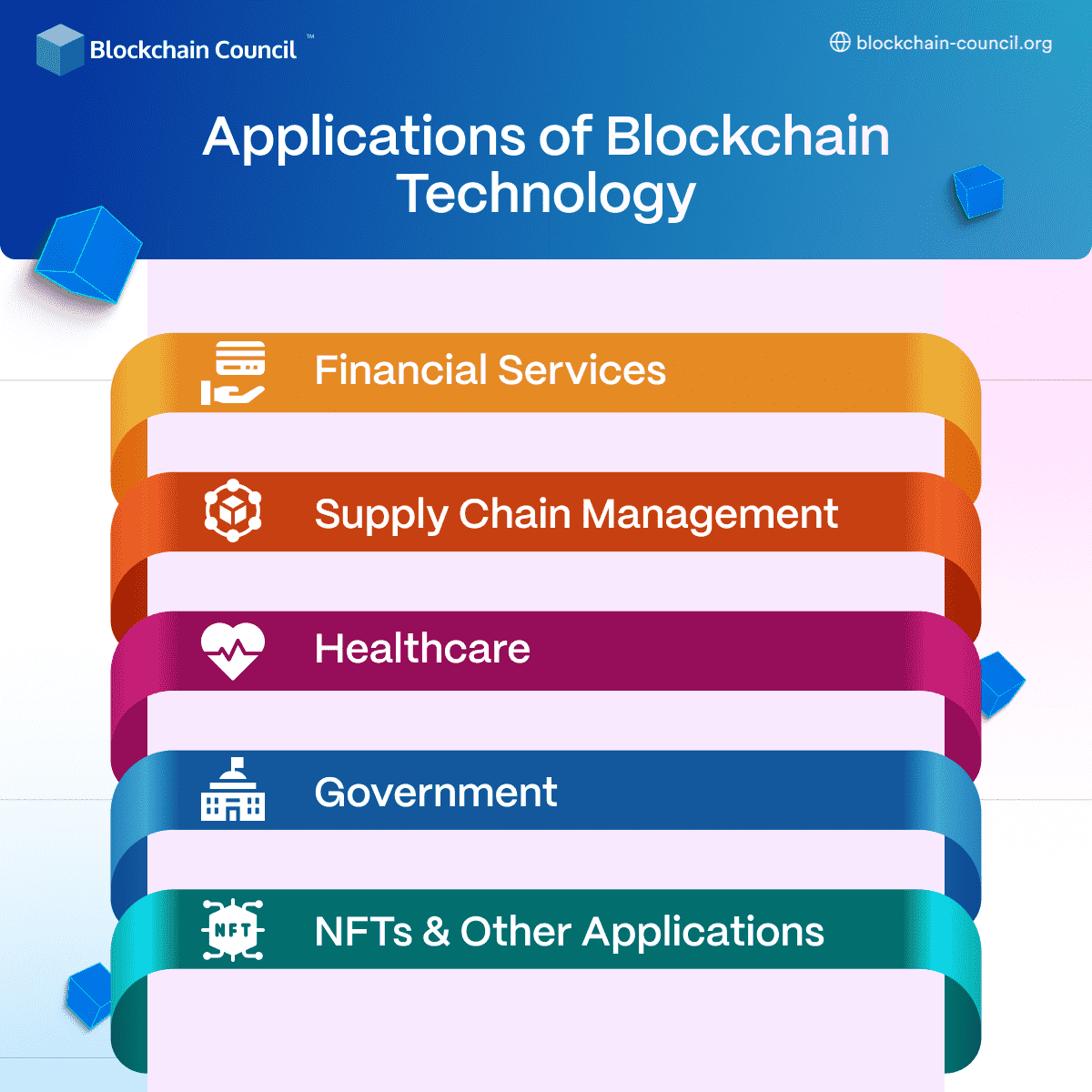

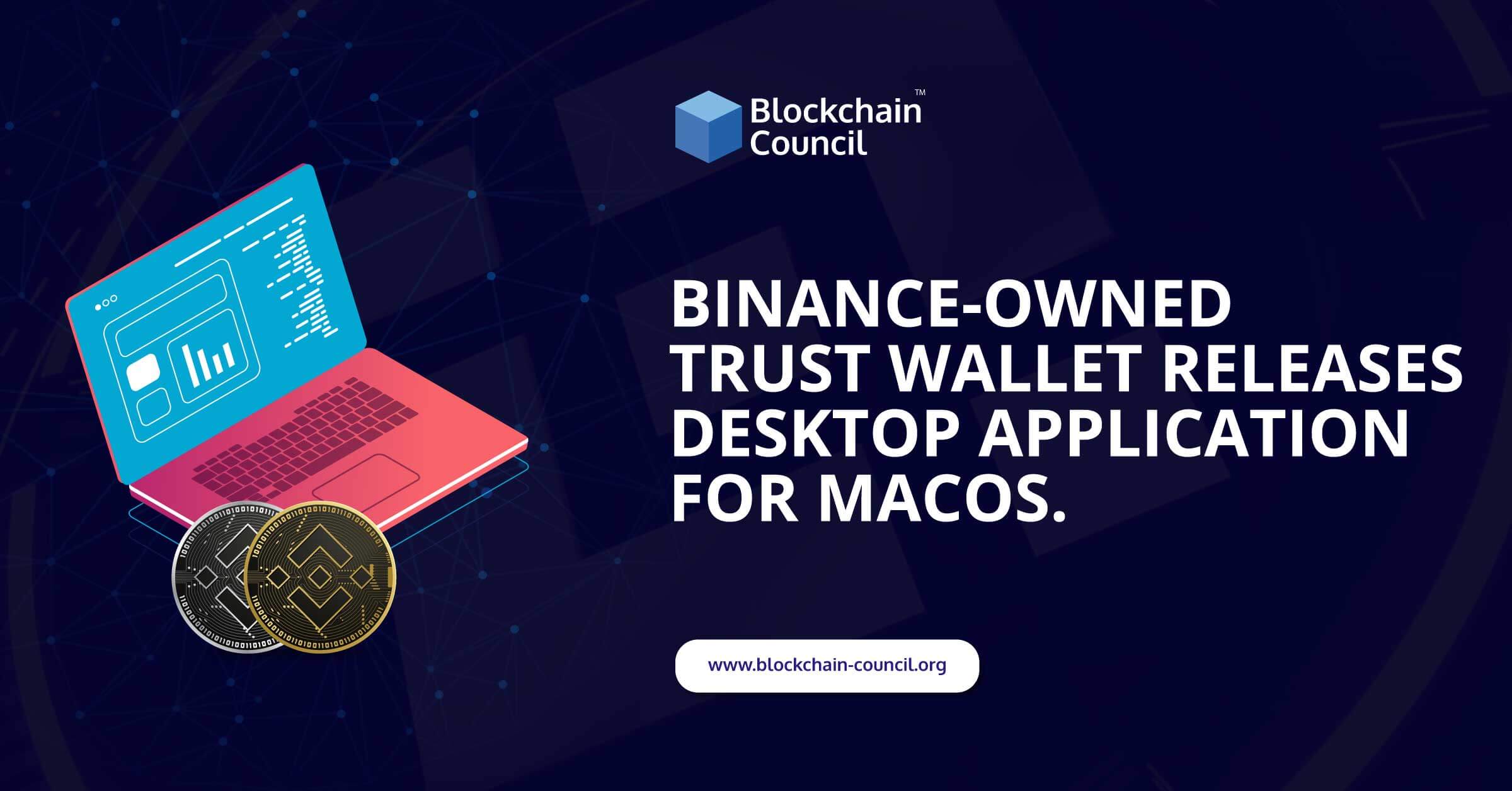


 Guides
Guides News
News Blockchain
Blockchain Cryptocurrency
& Digital Assets
Cryptocurrency
& Digital Assets Web3
Web3 Metaverse & NFTs
Metaverse & NFTs
